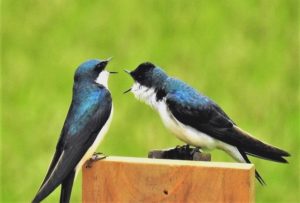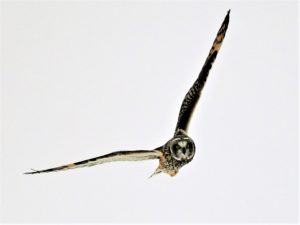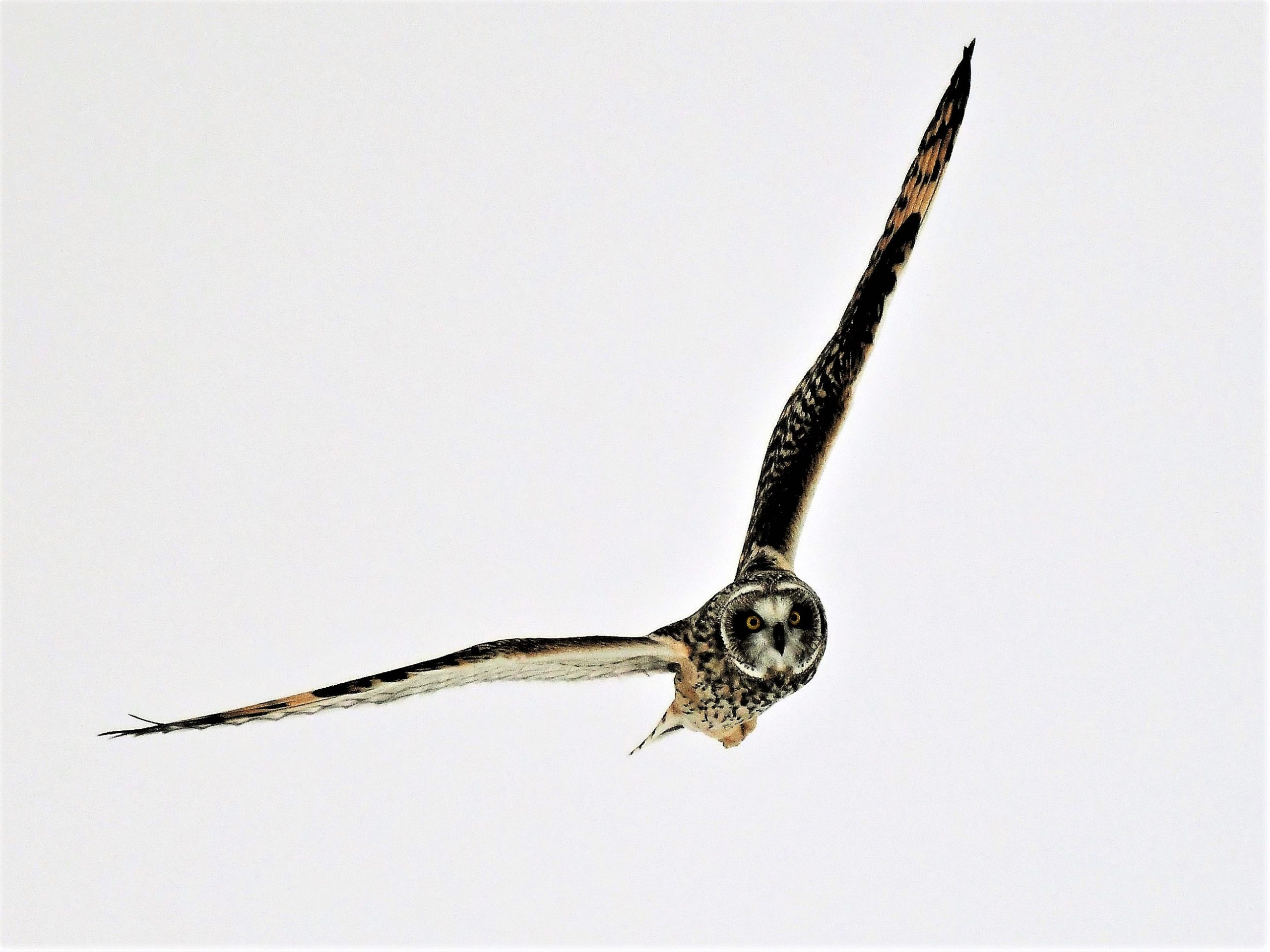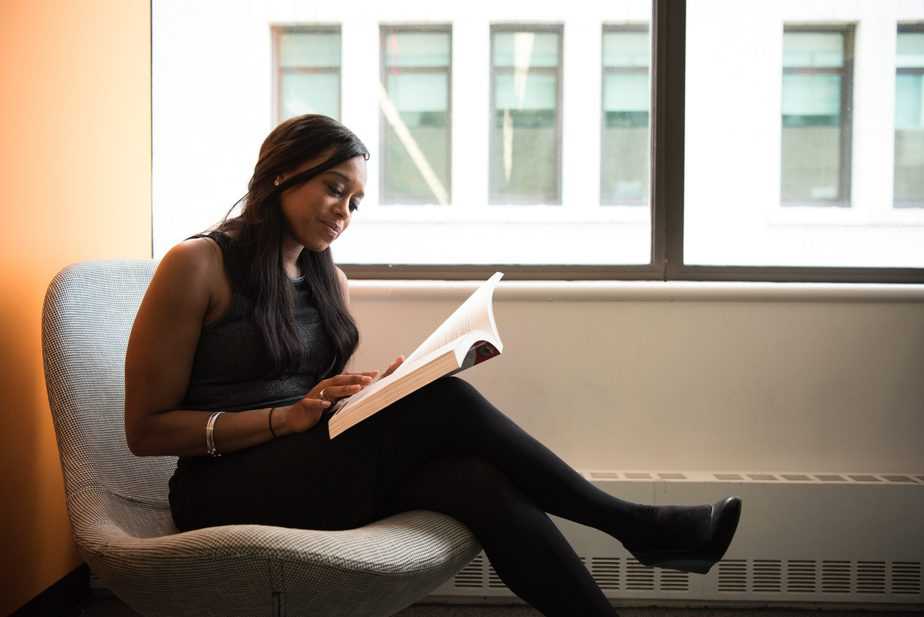Greg Clary – featured visual storyteller Spring 2021 Edition

My friends editing The Watershed Journal asked me to offer a few comments about my photography, including the images in the Spring 2021 issue. As someone who has lived my entire life in Appalachia, I am quite familiar with the stereotypical photographs and images of poverty that depict the region as being overwhelmingly poor and backward. Presidents Kennedy, Johnson, and Nixon all led nationally televised “poverty tours” of Appalachia that served to reinforce those demeaning stereotypes. Outside journalists “parachute in” for a day or two, file a story on an incident or “crisis” (mine disaster, opioids, obesity, health disparity, illiteracy), grab some pictures to illustrate, then move on to the next big story.
I began taking photographs, in a serous way, about 5 years ago after attending an Appalachian Studies Association conference and attending a panel discussion comprised of some notable Appalachian photographers. Their comments demystified the process for me to some degree, while also offering a few simple guidelines to follow: respecting and empathizing with the people you photograph, informing but not exploiting the people or communities, and not putting pressure on yourself to be perfect with the images you take. A couple of those folks have since become friends and have served as sources of support for my own photography.

I consider myself to be a generalist, not a specialist, photographer. I know some folks who only photograph wildlife, or birds, or landscapes, or portraits, or black and white. I even know someone who specializes in food photography. There are many benefits to drilling down and mastering the details of a particular style of photography, including the technical requirements. I visit social media pages that cater to specialists and each image that is posted is absolutely stunning, artistically and technically.
Generalists pursue many different types of photography. I enjoy photographing whatever appears before my lens. It keeps my photography spontaneous and unpredictable. It’s like being on a treasure hunt looking for the unusual in ordinary things. I always carry two Nikon cameras with me in my truck. One has a 500 mm “long lens” that is best used with a tripod for wildlife and bird photographs. The second camera is also a Nikon with three interchangeable lenses, including a macro lens. The new WSJ cover photo of a crocus pushing through the snow was shot with a macro lens. I have to say, however, that I use my iPhone camera for many of my photographs, including several in the photo-poetry book that poet Byron Hoot and I created, Piercing the Veil: Appalachian Visions.

In addition to the WSJ cover image of the snowy crocus, my other nature photographs in this issue include a pair of tree swallows seemingly engaged in an argument, taken from my cabin porch in West Virginia; and a Short-eared Owl in search of a vole, shot last winter near my home in Sligo. Another photograph is a colorful wall mural that was taken in the Pittsburgh community of Wilkinsburg. The fourth photograph is that of a replica of Morello’s classic 17th Century painting of two women peering out a window. It was re-created by Clarion High School art students as part of a street art installation project throughout downtown Clarion. I was in PNC bank talking with a teller when I first noticed the painting through a background window facing into the lobby.
I enjoy taking photographs, and I feel very fortunate to live in an area that offers such an array of possibilities. I can walk a few steps from my house and encounter an array of wildlife that other folks have to make road trips to see. Many of the other images that I have had published were taken in Sligo and around Clarion County— “Tony the Barber’s” shop, Clarion’s deserted Main Street during the early pandemic days, a proud Korean War Marine veteran sitting on his stoop in Rimersburg, the nose of a donkey taken on a sub-zero morning, and the deserted old Clarion County poorhouse right before it was demolished.

I have also found that photography for publication is similar to writing. Some journals and audiences will readily dismiss your submissions while others may find them worthy to print, and even extol, at times. I have learned—well, learning— to not take it personally when a rejection arrives. Other sources may eagerly accept that same written or visual submission. My wife, Cass, always tells me, “Make them tell you no. Don’t tell yourself no.”
Embrace your vulnerability by choosing to submit your poems, essays, artwork, and photographs. Take risks. Let go of perfection. Learn new skills. Ask for support. Share work that is still in draft form. And, most importantly, never let a day go by.




